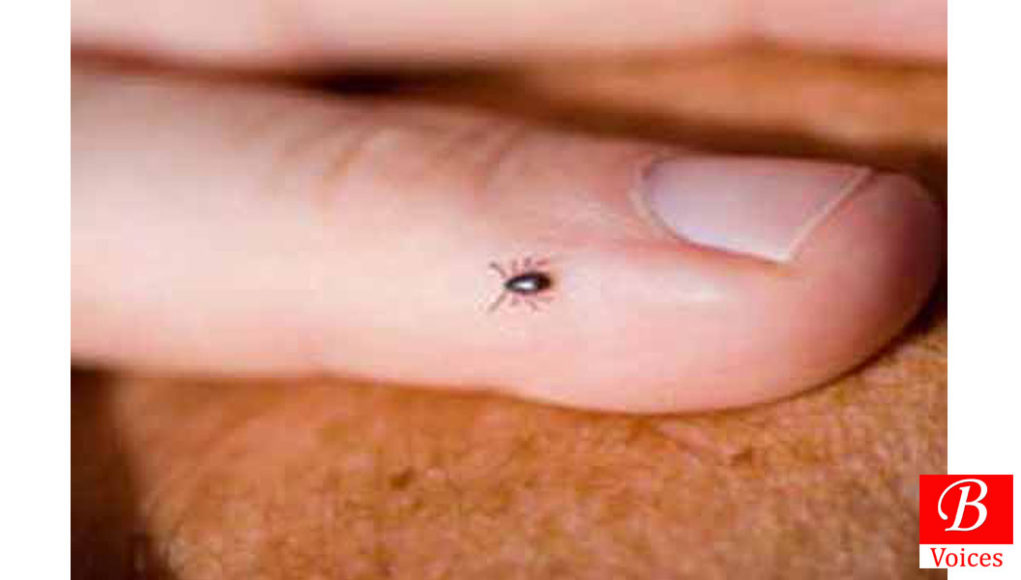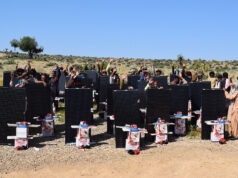 Salal Ameen Shahwani
Salal Ameen Shahwani
Crimean-Congo Hemorrhagic Fever (CCHF) is zoonotic disease. Virus was discovered in Tajikistan, in 12th century, where soviet scientists named it Crimean Congo hemorrhagic fever. Congo virus spreads from animal to animal, animal to man and man to man through vectors DNA molecules carry genetic information from one organism to another. However, recently 94 patients were admitted in various hospitals across Balochistan out of which 27 were found affected. So far the sporadic virus has claimed 10 lives in Province.
Just one day is remaining from Eidhul Azha, in most parts of province we cannot find abattoirs, where sacrificial animals could be slaughtered. Indeed people would utilize homes, streets and backyards for butchering, which is an ever so detrimental risk for people who don’t have enough information. Saudi Arabia and Iran on eve of Edh ul Azha, have never cited any Congo virus related case, because they have adequate hygienic measures for slaughtering animals.
According to experts there is much more chances of enhancing in cases of Congo virus after Eid. We can clearly see people in sides of roads purchasing animals without any safety.
Prevention is better than cure.
People must be careful in highly sensitive zones for deposition of offal after slaughtering animals. Carcasses either must be buried in land or thrown in remote areas. While butchering animals gloves must be worn. Thick and colorful cloths must be worn so that ticks, which carry Congo virus, could be visible.
To say the least awareness must be promulgated among masses. Despite these measures if anybody after Eid feels to be affected by virus must immediately consult doctor for check up.
Share your comments!








